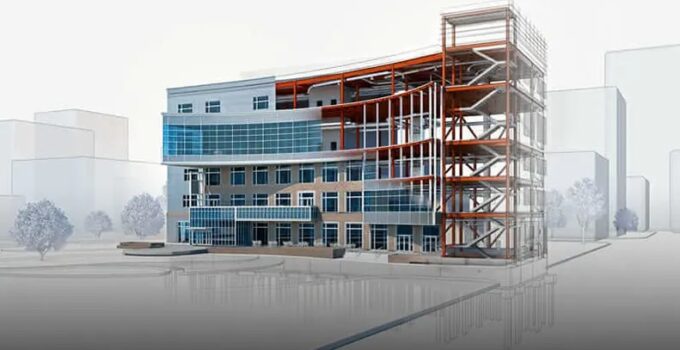In today’s innovative world, there’s no denying that technology serves as a proficient tool for improving productivity and creating effective collaborations in various fields. In the realm of construction and architecture, one tech-driven solution that has been making waves is Building Information Modeling or BIM modeling.
This advanced 3D model-based technology isn’t just enhancing designs and performance, it’s also drastically improving teamwork and communication among professionals in the field. Let’s delve deeper into how this revolutionary tool is facilitating and enhancing collaborative efforts within construction teams.
A Novel Pathway to Enhanced Collaboration
Source: thespruce.com
Building Information Modeling or BIM is a revolutionary digital representation of physical and functional characteristics within a facility. Utilizing BIM services, architects, engineers, and construction professionals can work collaboratively within a unified model, leading to better project insights and informed design decisions.
Comprehensive Viewpoint
BIM provides a comprehensive view of a project, allowing all stakeholders to have an exact understanding of the project dimensions and details.
Enabling Synchronized Updates
BIM services offer synchronized updates in real-time. Any changes made to the model are instantly updated and visible to all members on the team, thus promoting unanimity.
Clash Detection
BIM modeling enables clash detection, helping teams identify and resolve potential design conflicts and clashes beforehand, thereby saving time, cost, and efficiency.
After delve into the benefits, let’s look into the effects of implementing BIM into collaboration, more specifically, the positive impacts it can provide to BIM Modeling Services in general.
Augmenting Collaboration with BIM Modeling’s Centralized Platform
The use of BIM services is rapidly becoming a norm in modern architectural and construction projects. By employing a centralized platform, it considerably accelerates the sharing, reviewing, and manipulating data, creating a collaborated environment that enhances efficiency.
Foster Unified Vision
A shared model helps to propagate a unified vision among team-members, clearing any doubts or misunderstandings regarding the task at hand.
Promotes Transparent Communication
The inherent transparency of BIM results in clear, efficient, and timely communication amidst all professionals involved.
Encourage Integrated Practice
The availability of tools that facilitates real-time interaction encourages integrated practice, thereby enhancing the project’s efficiency at all levels.
Now that we have established a promising template for collaboration using BIM services, let’s cross-reference this with established architectural drafting services to further extract the value it provides.
The Impact of BIM Modeling on the Construction Industry
Source: 14sehir.com
Embracing BIM modeling has vastly transformed the construction industry. The shift from traditional 2D plans to dynamic 3D models offers a richly interactive and accurate view into a project. This doesn’t just result in great visualization; it also allows all project stakeholders to work in unison towards their common goal – a successfully completed project.
Furthermore, BIM services provide a multi-layered advantage in project management as it offers valuable data, accurate quantity take-offs, precise timelines, and cost forecasting. All these components, when presented in a unified model, ensure informed decision making, leading to increased productivity and profitability.
Moreover, BIM modeling foster an environment of collaboration and seamless communication. The shared model enables teams to detect and resolve any design clashes or discrepancies beforehand, facilitating precise planning and execution targeted towards efficient project completion.
As the industry strives towards digital transformation, the importance of BIM modeling is more emphasized, ultimately contributing to an improved, well-coordinated and efficient construction process.
The Conclusion
In increasingly complex architectural projects, effective collaboration forms the cornerstone of success. BIM Modeling serve to elevate this collaborative paradigm, providing a unified, transparent platform for all construction stakeholders.
By adopting this technology, organizations can not only significantly improve internal collaboration but also deliver efficient, streamlined, and cost-effective solutions. As we move further into an era of digital transformation, the integration and comprehensive utilization of such innovative technologies has become pivotal.
With its ability to enhance collaboration, BIM modeling surely prove to be one of these indispensable tools.




